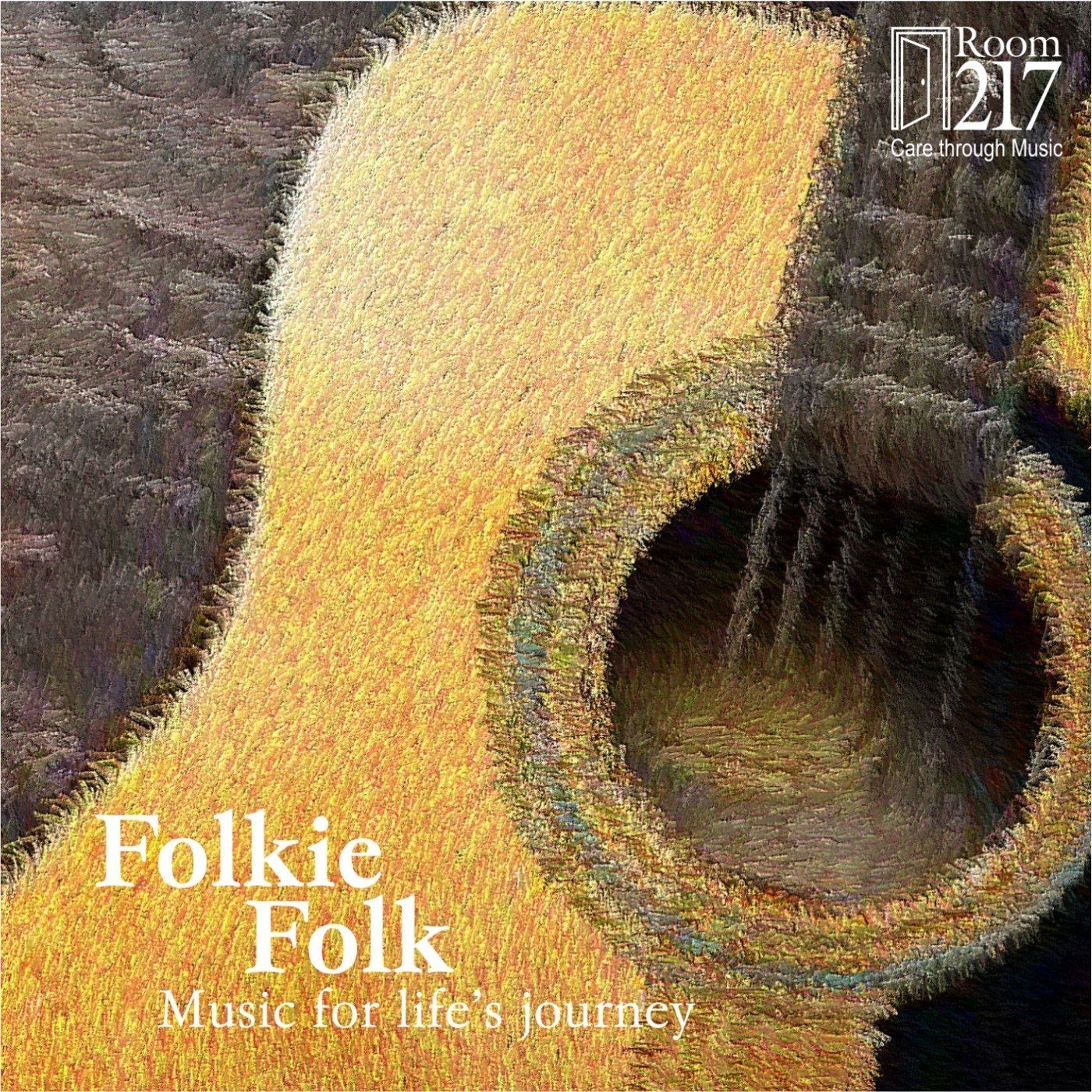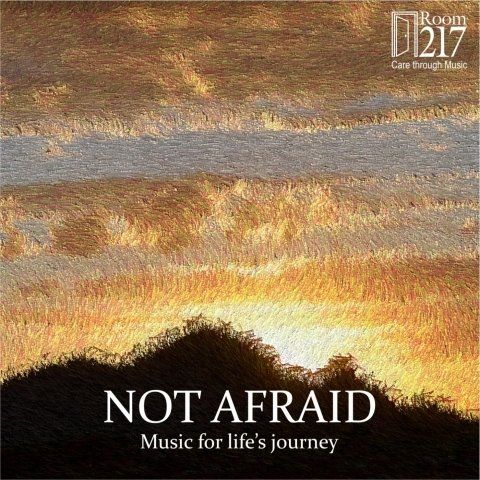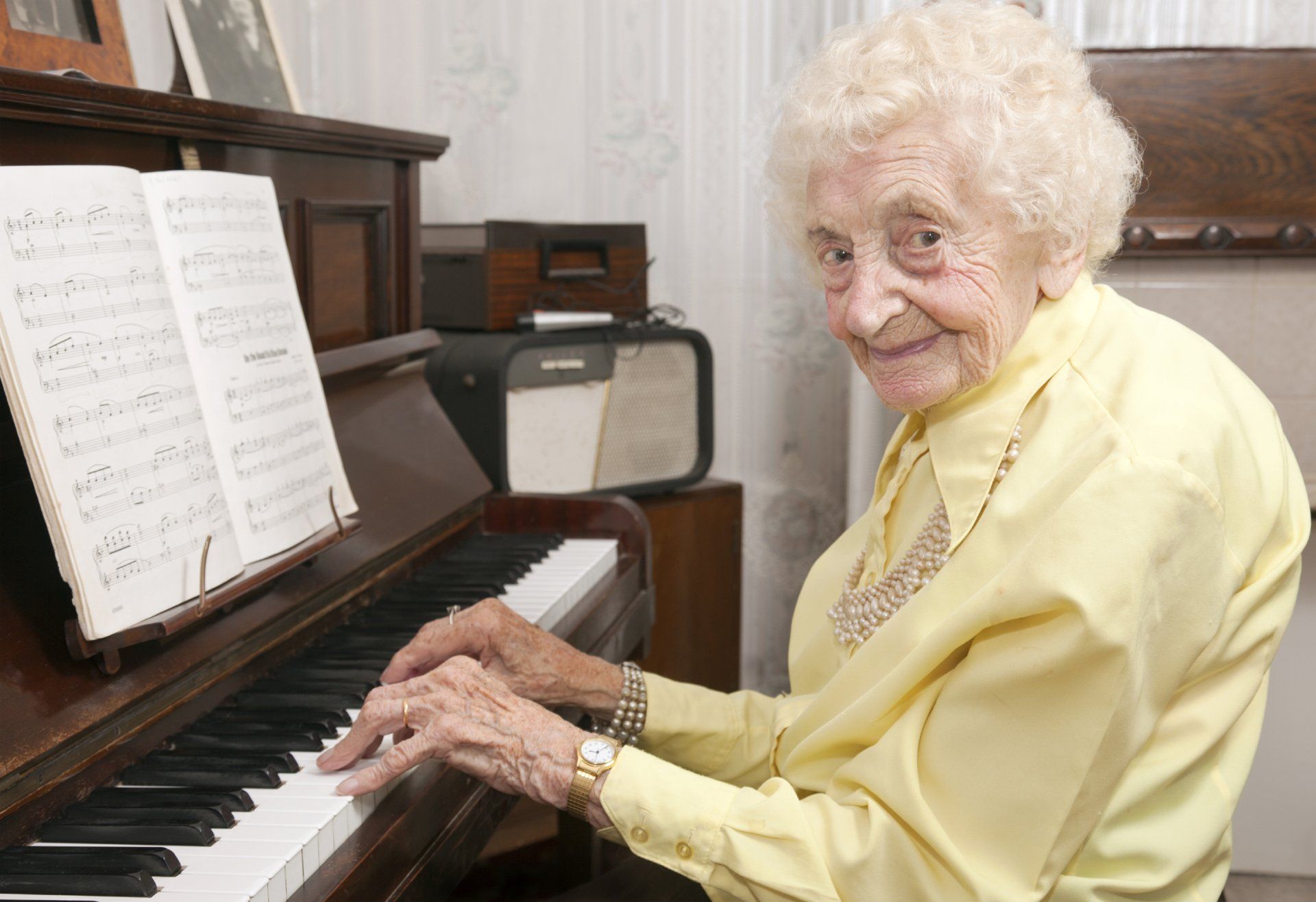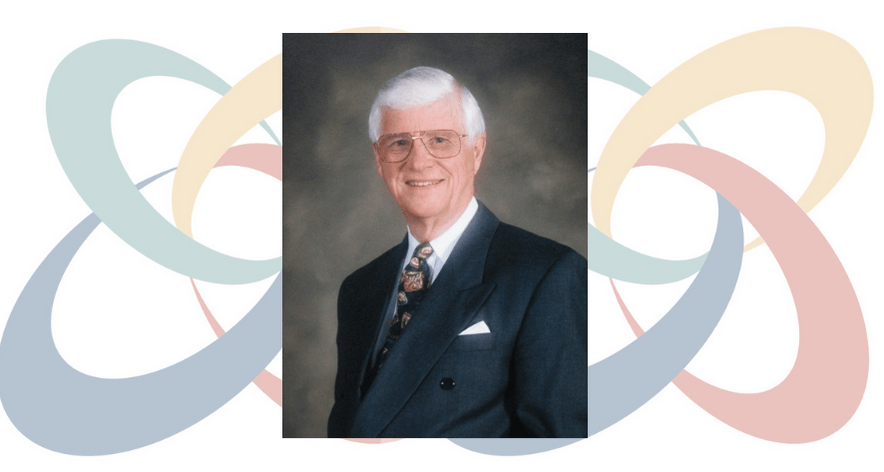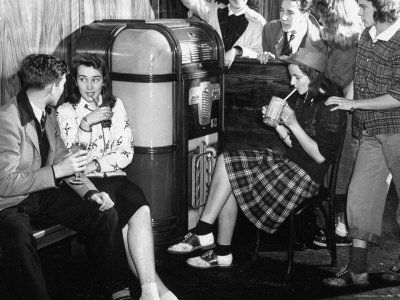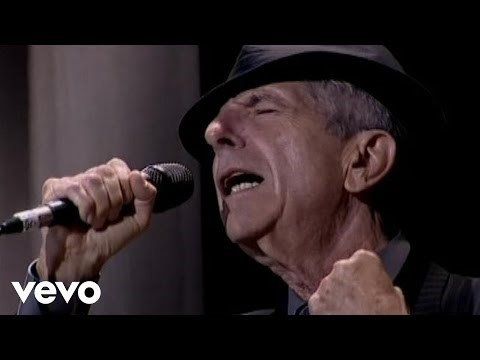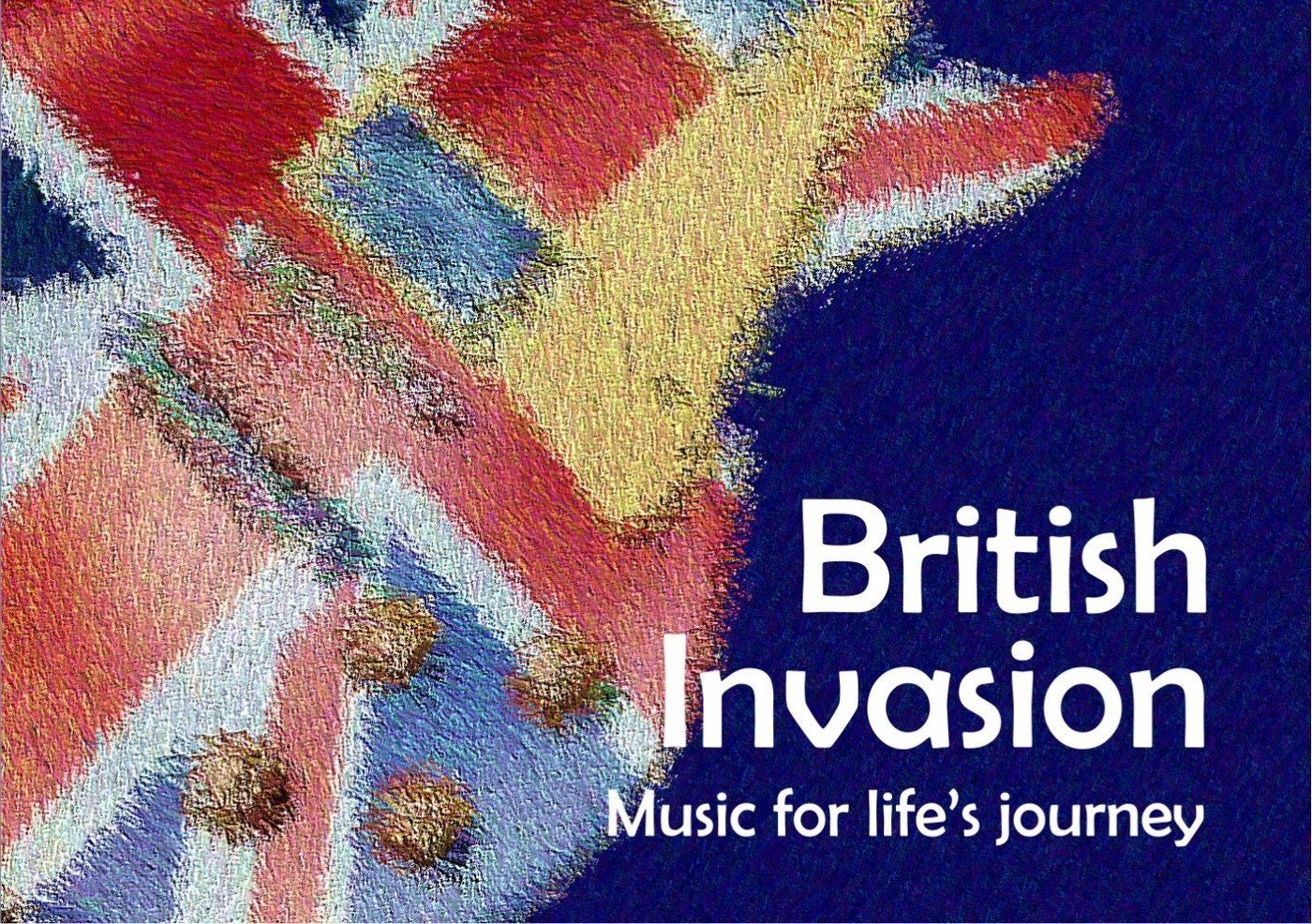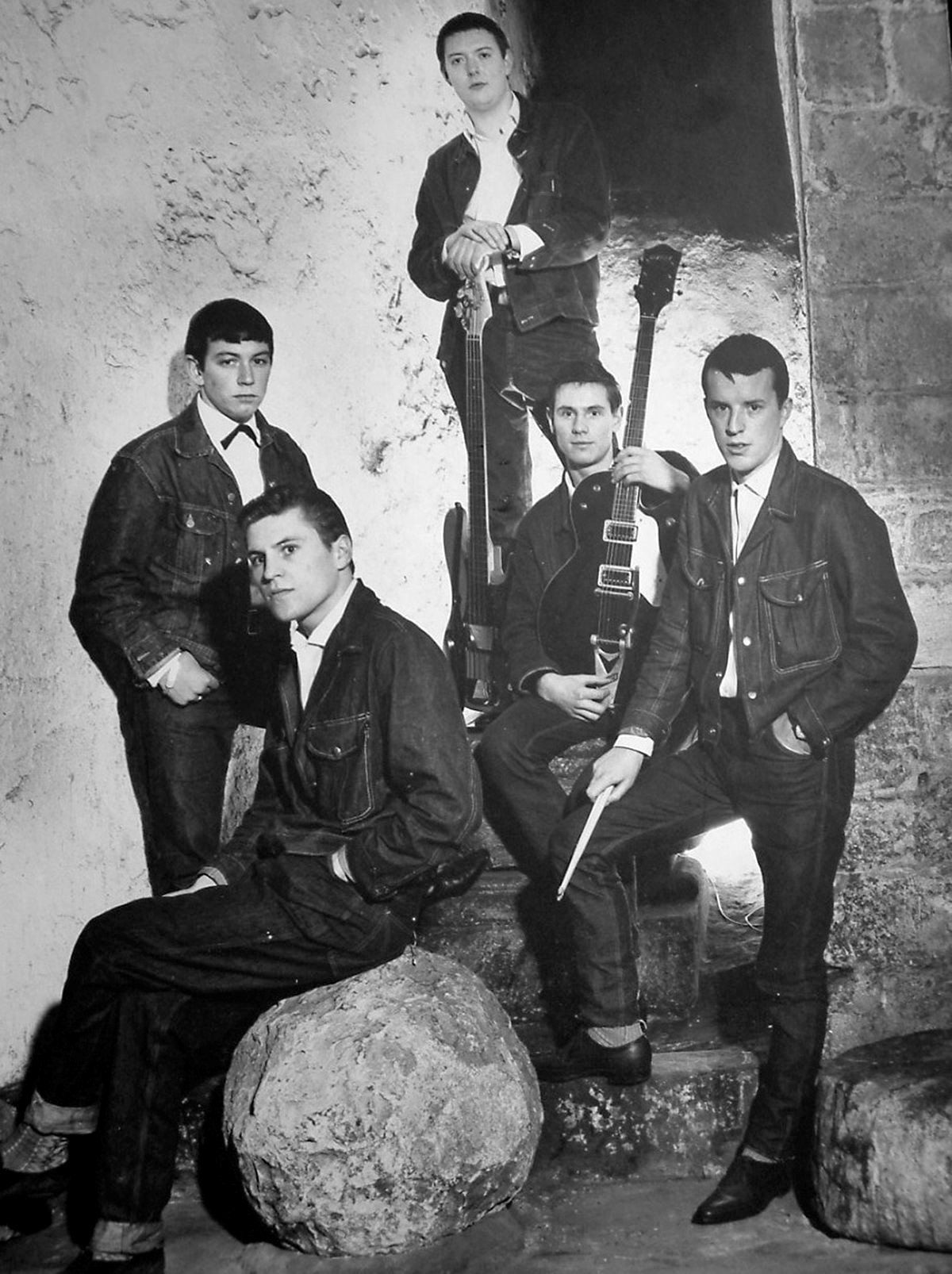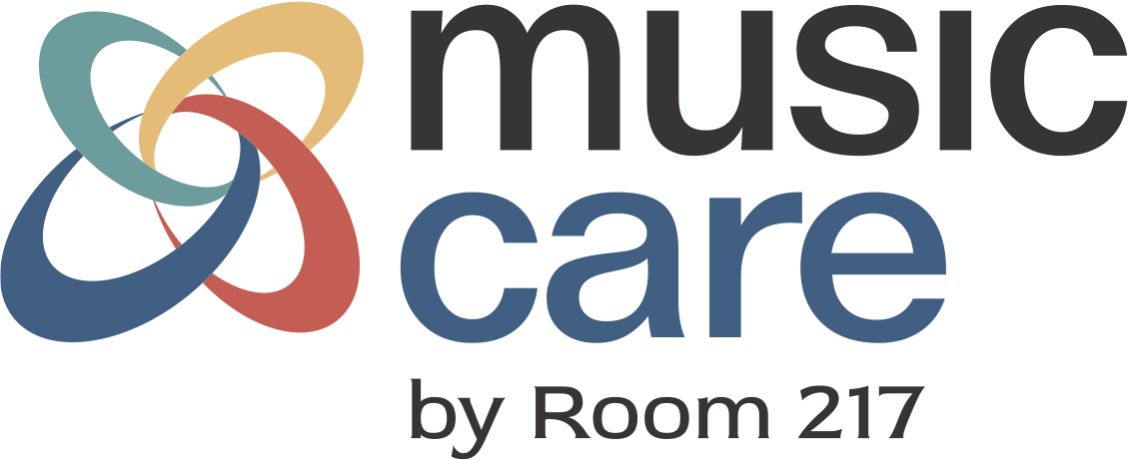Music in the liminal space: Part 2 Musical Dimensions
The notion of music as a sound bridge in the liminal space is precisely what music thanatologist, Therese Shroeder-Sheker believes. Music thanatology is a musical practice of mid-wifery for dying people using the voice and harp in bedside vigil at imminent death and is based on this idea. Her personal belief in unending consciousness informs her musical approach as she uses music to help people cross over.
But what is it about music’s capacity that may fill liminal space, that may reach conscious, altered, vegetative, minimally conscious, subconscious or unconscious states? Is there something about the nature of music that responds to the state of unending consciousness which some call non-local space and others call the spirit or soul? I would suggest there are several dimensions of music that intersect with neurological events in the liminal space: hearing, entrainment , music as dialogical activity, and transcendence.
An Australian palliative physician, Barbato, did a study of 17 hospice patients who were dying to understand arousal states associated with pain perception or pain relief. [i] He used a modified method of EEG monitoring called bispectral index monitoring (BIS) which applies a single, small, flexible sensor to the forehead making it patient-friendly and relatively unintrusive. [ii] One of the anecdotal components of his study suggested that unconscious patients who are dying are able to hear. In one case, the BIS rose sharply from 40-60 when the patient’s bedside phone rang. On two other occasions, the BIS rose when the mother spoke into the patient’s ear. One patient, whose BIS levels were consistently at 55, awoke and spoke to her family after a prolonged period of unconsciousness and her levels touched 100. She died several hours later. This study suggests that unconscious terminally ill patients can hear sounds as indicated by spiked brain wave activity. [iii]
Many nurses have reported this same observation. I experienced this with my grandmother, who had impaired hearing, yet when she was imminently dying gave every indication that she could hear. She turned her head slightly towards the recording device. The timing of her death appeared intentional; her last breath on the last cadence of the last song of the music we had played more than a dozen times during those last hours, a song called All through the Night. Hearing implies neural activity and connectivity in auditory cortex functioning which seems to be functioning in the liminal space.
What about the clinically dead? People who have had a near-death experience (NDE) describe conversations in both alive and dead domains. NDE survivors talk about being in a tunnel. A common experience is that they hear music in the tunnel, or in the place of light. [iv]
What about the brain dead? Ansgar Herkenrath, a German music therapist believes that music provides references for patients in pervasive vegetative states (PVS.) She did a qualitative study of music therapy with patients in PVS. The research was based on her work at a long-term nursing institution for adult residents with severe neurological handicaps in Haus Königsborn, in Unna Germany. Participants in her study were between 20 and 50 years of age and had been in the PVS state for between 18 months and seven years.
In PVS, there are pathological movements that are reflexive, and the external appearance alone does not indicate the quality of these movements. Rather, assessment of these reflexes requires situative and temporal context. In Herkenrath’s study, she accessed situations that showed changes in parameters of respiration, shifts in head and eyes towards the source of sounds and/or a variety of movements. She describes these situations as reactions, not reflexes. She defines reaction as a response to action that has been perceived and that leads to an emotional experience. Furthermore, a reaction must reveal a situative and a temporal reference in order to be distinguishable from reflex. According to Herkenrath, music provides both situative and temporal references for PVS patients. An orientation of the head and eyes towards the source of a sound which may change implies a situative connection. Temporal structure is inherent in musical perception including beat and melodic structure i.e. phrase, cadence. [v]
Herkenrath’s study shows that PVS patients respond to sound locations through small gestures like head turning and eyeblinking. Dr. Adrian Owen’s research around consciousness with PVS patients shows through fMRI that brain centres concerned with mental imagining are activated when PVS patients are asked questions. [vi] This implies that people in PVS can hear and that hearing may be part of endless consciousness. It may also suggest that music can accompany people in their transition between life and death.
Entrainment is a phenomenon that happens when the body becomes synchronized with environmental vibrations. Music synchronizes with our bodies in one of two ways: heart rate entrainment and neural entrainment. In the liminal state, agitation and distressed breathing can be an inhibiting factor. Music paced gently to entrain with heart rate and breathing at 50-60 beats per minute may help reduce agitation and help breathing become more evenly paced. [vii] [viii] For neural entrainment, the stimulative effect comes in sonic events per second i.e. hz (herz) or cps (cycles per second). An event or cycle is how many notes are played in that second. In order to stimulate deep sleep, for example, 2 cycles or events are needed per second, regardless of the beat in the music. Evidence from Barbato’s Australian study suggests that brain wave activity in unconscious palliative patients ranged in the Delta and Theta ranges with some indicators of Alpha. Music that is designed to target these brain wave states may also be effective in terms of entrainment in the liminal state. (Delta (1-4 cps), Theta (4-7 cps), Alpha (7-12 cps).
David Aldridge calls us to expand our notion of consciousness to consciousness as dialogical activity. He believes that at the heart of consciousness is mutuality and a knowing “with others”. He claims we have interior understandings that are privatized, but we also have experiences that are external and socialized. [ix] Herkenrath’s practise with PVS patients is based on a deep philosophical belief reflecting Buber’s “I-Thou” activity. [x] Her approach with music and brain dead patients is a path whose objective is dialogue with the self of the other person. [xi]
Music may play an important role in relationship completion, a dialogical activity and a conscious task of the dying. [xii] Dr. Amy Clements-Cortes suggests that songs are useful to express these sentiments of completion: I love you, Thank you, Forgive me/I forgive you and Good-bye. She writes four case studies where she skilfully used a song-writing technique to facilitate relationship completion. [xiii] I watched my mom express her love, thanks and good-bye to her mother, my grandmother, using a recording. In particular, there were two songs that mom used as a backdrop for completing the relationship: Eagles’ Wings [xiv] and Wind Beneath My Wings. [xv] The words of the music enabled her to say what she found hard to articulate.
Music, live or recorded, may be liminal accompaniment and provide “other consciousness” to the person who is dying. Most aspects of dying are singular: pain, chaos, loss of control. Music itself may be the audio-analgesic in the control of pain. [xvi] Music may provide structure when there is chaos and be used as a coping strategy to help a patient regain a sense of control. [xvii]
At end-of-life, people often contend with devastating symptoms and events that lead to the need for transcendence, the desire to see beyond the illness and physical reality and ascertain their fundamental realities. The NDE is the ultimate transcendent experience where a patient dies temporarily, crosses over, experiences a new reality, often hears music, visits with deceased loved ones, has a sense of love and connection.
Music therapist, Cheryl Dileo claims that transcendence occurs at end-of-life with relative ease in music therapy. She says:
Transcendence is most likely due to the multi-dimensional nature of music and its tendency to reach multiple domains simultaneously. Music surpasses boundaries and can transport persons through time and place into realms of consciousness beyond the ego, beyond the medical condition and beyond physical limits. When a person is ill, suffering and in a spiritual quandary, the ineffable nature of music can bring breath and light and can lead to heightened states of spiritual awareness. Patients often report feeling the presence of a Higher Power in music, an experience that can validate faith and a sense of meaning. [xviii]
The ability to rise above material conscious and unconscious suffering, and enter a transcendent, endless experience of consciousness is an important factor in the liminal space.
Bev Foster, MA, BEd, BMus, ARCT, AMus, is the Founder and Executive Director of the Room 217 Foundation, an organization dedicated to music and care. She is an experienced musician and educator who speaks and writes extensively on the power of music, especially in life limiting situations.
Part three of this three-part series will be published Wednesday, March 6, 2020. The first part, if you missed it, was published Feb. 12 and can be found here.
[i] Barbato admits the role of BIS needs to be determined in palliative settings as it may not be reliable with delirium or agitation, complications common in those close to death.
[ii] Rosow, C., Manberg, P.J., (1998). Bispectral index monitoring. Anesthesiology Clinic North America: Annual of Anesthetic Pharmacology. (2): 89-107
[iii] Barbato. ibid
[iv] Van Lommel, (2007). ibid, p. 27
[v] Herkenrath, A., ch. 6, Encounter with the Conscious Being of People in Persistent Vegetative State. from Aldridge, D. (ed), Music Therapy and Neurological Rehabilitation. London: Jessica Kingsley
[vii] Weber, S., ch. 7, Music: a means of comfort. from Aldridge, D. (ed), (1999). Music Therapy in Palliative Care , New Voices: London: Jessica Kingsley Publishers. p. 99
[viii] In my work with the Room 217 Foundation, I have had dozens of anecdotal stories to confirm that Room 217 music paced at 60 bpm does indeed reduce agitation and help people breathe more evenly and calmly.
[ix] Aldridge, D., (1999). Ibid, p. 10
[x] Buber, M., (1937). I And Thou. Charles Scribner’s Sons. Reprint Continuum International Publishing Group, 2004
[xi] Herkenrath, ibid, p.148
[xii] Byock, I., (2004). The Four Things That Matter Most. New York: Free Press, A Division of Simon & Schuster, Inc.
[xiii] Clements-Cortes, A., (2009). Episodes of relationship completion through song. Saarbrucken: VCM Verlag Dr. Muller Aktiengesellschaft & Co. KG
[xiv] Eagles’ Wings, ©1979, 1991, 1997, New Dawn Music
[xv] Wind Beneath My Wings, © 1982, 1989, Warner House of Music & WB Gold Music Corp.
[xvi] Schneider, S., ch. 21, Environmental music therapy, life, death and the ICU. from Dileo, C., Loewy, J. ibid, p. 220
[xvii] Magee, W., ch. 6, Music therapy in chronic degenerative illness. from Aldridge, D., (1999). Ibid, p. 71, 86-88
[xviii] Magill, L., ch. 1, Music therapy: enhancing spirituality at the end of life. from Dileo, C., Loewy, J. ibid, p.11
Photo by Casey Horner on Unsplash


